In the reinforcement learning framework, I am a little bit confused about the reward and how it is related to states. For example, in Q-learning, we have the following formula for updating the Q table:
that means that the reward is obtained from the environment at the time t+1. I mean that after applying the action at, the environment gives st+1 and rt+1.
It is often true that the reward is associated with the previous time step, that is using rt in the above formula. See, for example the Wikipedia page for Q-learning (https://en.wikipedia.org/wiki/Q-learning). Why is this?
Accidentally, some Wikipedia pages about the same topic but in different languages, use rt+1 (or unexpectedly Rt+1). See, for example, the Italian and Japanese pages:
